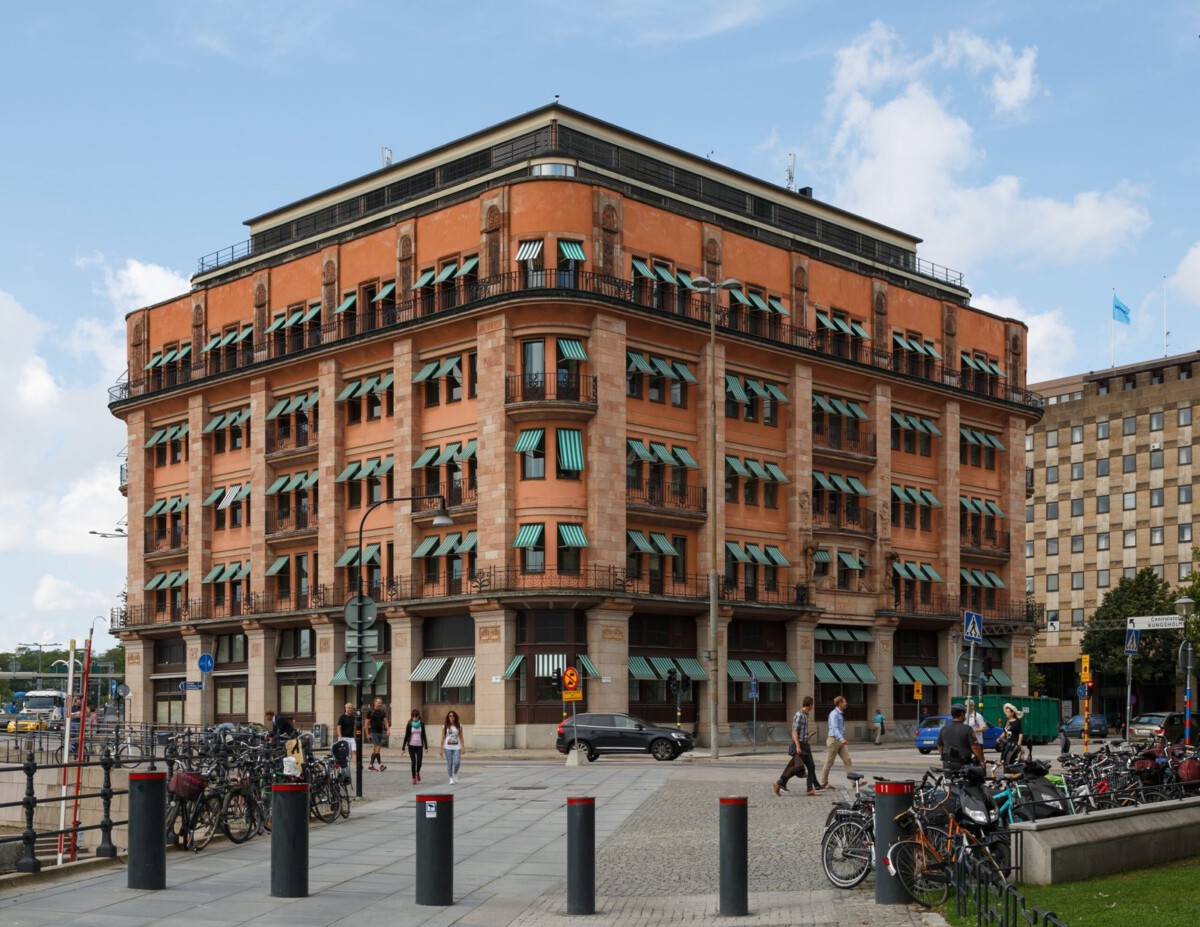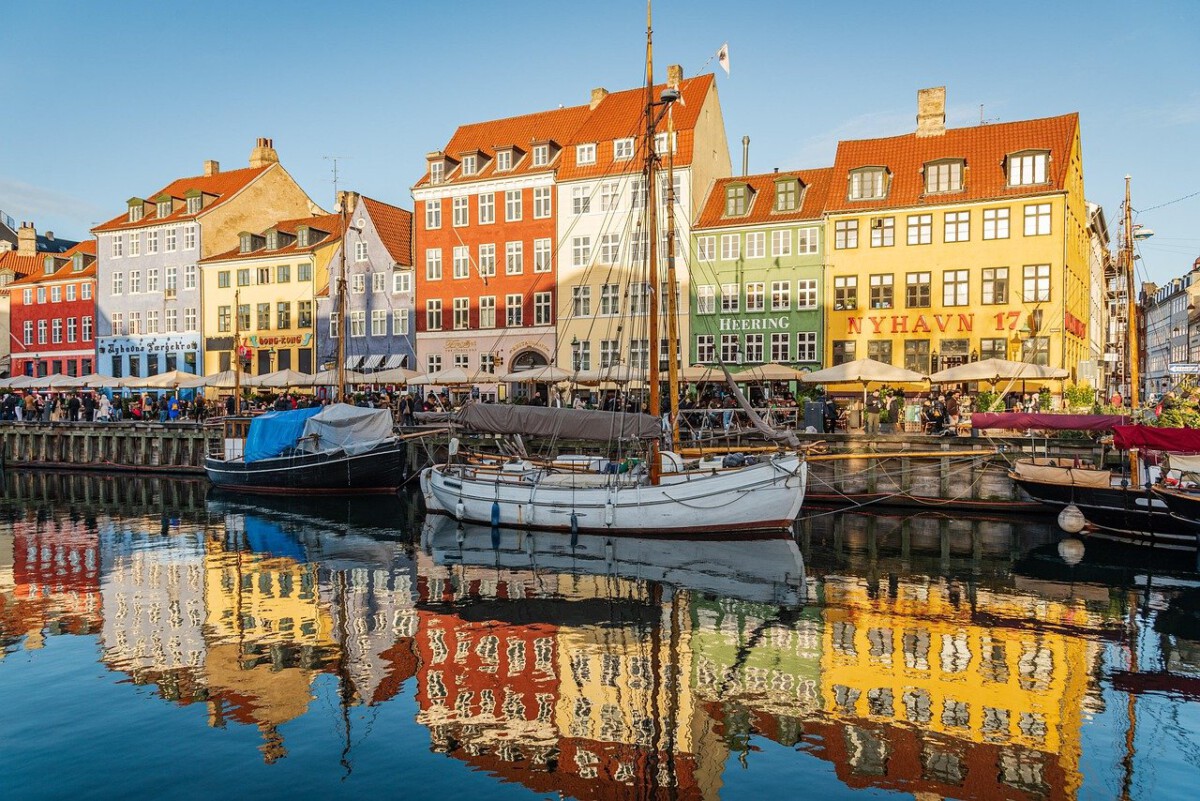From Mediterranean Paradise to Forbidden Zone

In the early 1970s, Varosha was the beating heart of Famagusta, Cyprus—a glamorous Mediterranean resort destination that drew over 700,000 tourists each year, including celebrities like Elizabeth Taylor and Brigitte Bardot. Luxurious hotels lined the golden beaches, and the local economy thrived on tourism, with more than 100 hotels and 3,000 businesses operating in the area by 1974. According to the Cyprus Tourism Organization, Varosha alone was responsible for nearly 50% of the island’s total tourism revenue at its peak. But all of that changed overnight in August 1974, when Turkish forces advanced during the Cyprus conflict, leading to a mass evacuation. In less than 48 hours, the city’s estimated 39,000 residents and thousands of visitors abandoned their homes, leaving behind a ghostly metropolis frozen in time.
The 1974 Invasion: A City Left in Suspended Animation

The Turkish military intervention on July 20, 1974, marked a turning point for Varosha. As military operations intensified, the United Nations called for a ceasefire, but the city’s population had already fled in panic. Within days, barbed wire and military checkpoints encircled the entire district, and Varosha was declared a closed military zone by the Turkish army. UN Security Council Resolution 550, passed in 1984, explicitly condemned any settlement of Varosha by anyone other than its original inhabitants, a measure that remains in effect today. For the next five decades, the city lay untouched, with its buildings slowly succumbing to the elements, nature reclaiming what was once a vibrant urban landscape.
The Ghost Town Effect: Decay and Nature’s Takeover

Walking through Varosha today feels like stepping into a post-apocalyptic film set. Decades of abandonment have left the city in a state of eerie decay—luxury hotels are crumbling, shops stand frozen with merchandise still on display, and rusted cars line the streets, their tires long since deflated. According to a 2024 report by the Famagusta Initiative, over 80% of Varosha’s buildings are now structurally unsound, with severe water damage, collapsed ceilings, and invasive vegetation causing irreparable harm. Wildlife, including rare bird species and wildflowers, has flourished in the absence of humans, turning the once bustling resort into an accidental nature reserve.
International Disputes: A City at the Center of Conflict

Varosha’s status remains one of the most contentious issues in the ongoing Cyprus dispute. Despite repeated calls from the United Nations and the European Union to return the city to its rightful inhabitants, control remains firmly in the hands of the Turkish military and the Turkish Republic of Northern Cyprus (TRNC), an entity recognized only by Turkey. In 2024, the European Parliament reiterated its demand for adherence to UN resolutions, warning that unilateral actions in Varosha could derail ongoing reunification talks. Tensions have escalated further following the partial reopening of Varosha’s beachfront in 2020, a move the Republic of Cyprus and international community have condemned as illegal under international law.
The 2020 Reopening: Tourists Return, But Only as Spectators

On October 8, 2020, the TRNC announced the partial reopening of Varosha’s beachfront to visitors for the first time in 46 years, sparking global headlines and diplomatic uproar. By 2024, official statistics from the TRNC Ministry of Tourism reported over 400,000 visitors had entered the fenced-off area, but access remains tightly controlled, with military patrols and strict no-entry zones for the majority of the city. Tourists can now walk along a narrow strip of beach and a handful of streets, but entering abandoned hotels or private properties is strictly forbidden. Many visitors describe the experience as surreal and haunting, walking beside decaying grandeur under the watchful eye of soldiers.
Property Rights and Legal Battles

Varosha’s reopening has reignited complex legal disputes over property ownership. According to the Immovable Property Commission (IPC) in Northern Cyprus, more than 6,000 claims have been filed by Greek Cypriots seeking restitution or compensation for lost properties. The European Court of Human Rights (ECHR) has issued several rulings in favor of displaced residents, ordering compensation and, in some cases, restitution. However, as of April 2025, only 12% of claims have resulted in partial financial settlements, with most cases mired in bureaucratic delays and political stalemate. Property values, once among the highest in Cyprus, remain in legal limbo, with no clear path for restitution or redevelopment.
The Human Toll: Stories of Displacement and Loss

The trauma of sudden displacement continues to haunt Varosha’s original residents and their descendants. According to a 2024 survey conducted by the Famagusta Refugee Association, over 70% of former inhabitants report experiencing ongoing psychological distress, including anxiety, depression, and loss of identity. Many families still possess the keys to their former homes, which they left behind in haste, hoping to return within days—only to be locked out for half a century. Personal belongings such as wedding albums, furniture, and even unfinished meals were abandoned, serving as painful reminders of a life interrupted. Annual commemorations and reunions in nearby areas keep the memory of Varosha alive among the diaspora.
Current Political Developments and Reunification Talks

In 2024 and early 2025, the Cyprus reunification process saw renewed, albeit fragile, momentum under UN mediation. However, Varosha remains a sticking point. Recent negotiations in Geneva in March 2025 ended in deadlock after the Turkish Cypriot leadership refused to guarantee the unconditional return of Varosha to its pre-1974 owners. The UN Secretary-General expressed “deep regret” at the impasse, noting that Varosha’s future is “inextricably linked” to broader settlement efforts. Meanwhile, the Republic of Cyprus has threatened to escalate the dispute to the International Court of Justice if unauthorized redevelopment or resettlement continues.
Environmental Impact and Urban Decay

Varosha’s prolonged abandonment has created a unique urban ecosystem, but it has also brought significant environmental challenges. A 2024 environmental assessment by the Cyprus Green Action Group found hazardous materials, including asbestos and leaking fuel, pose risks to both wildlife and potential visitors. The lack of waste management has led to sporadic fires and localized pollution, while collapsing infrastructure threatens to contaminate groundwater supplies. Restoration experts estimate that a full cleanup and environmental remediation of Varosha could cost over €500 million, requiring international cooperation and significant investment.
The Future: Uncertain Prospects and Ongoing Mystique

As of April 2025, Varosha stands at a crossroads. While partial reopening has transformed the area into a bizarre tourist curiosity, the city’s legal status, environmental hazards, and unresolved property claims prevent meaningful redevelopment. Local advocacy groups, including the Famagusta Initiative and bicommunal networks, continue to push for a peaceful settlement that would allow the rightful owners to return and the city to be revitalized. International pressure has intensified, but with no political breakthrough in sight, Varosha’s fate remains suspended between memory and possibility. Its haunting streets serve as both a symbol of division and a tantalizing glimpse of what could one day be restored.




